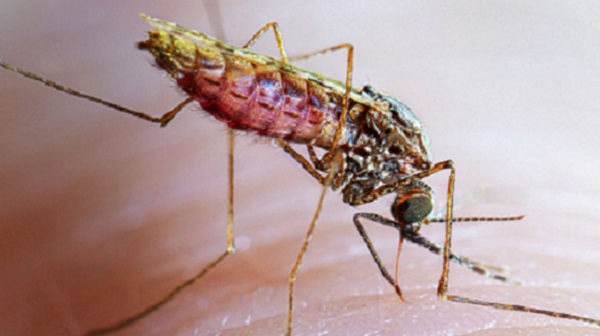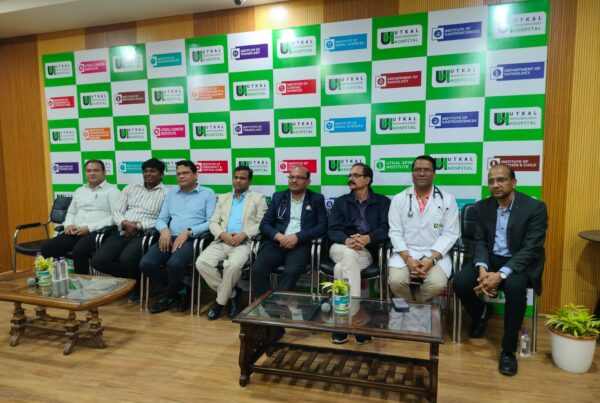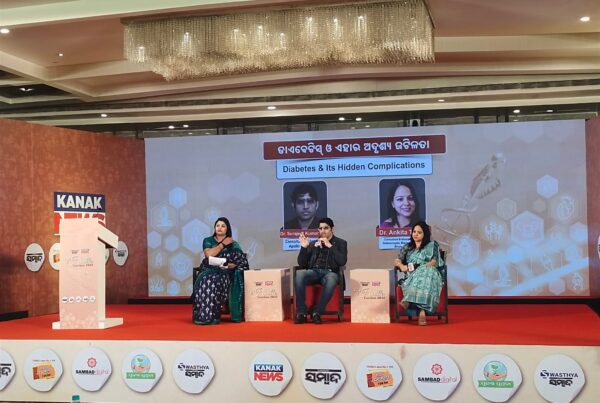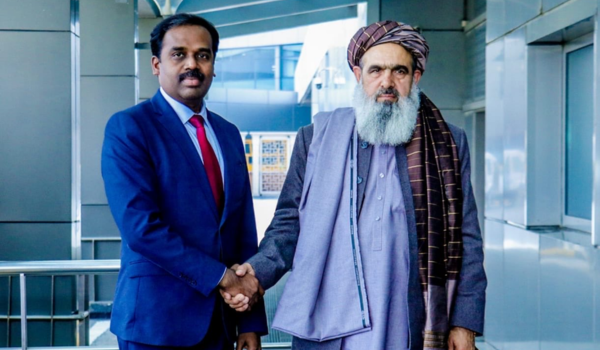The city of Bhubaneswar is currently experiencing a troubling rise in dengue cases, as the ongoing monsoon season creates ideal conditions for mosquito breeding. Over 200 cases have been recorded so far this year, with a sharp increase noted in July alone, which saw 96 confirmed infections. The situation has prompted health officials and civic authorities to intensify their efforts to contain the spread.
Though the overall case count is lower than what was reported during the same period last year, the current trend has raised concern, particularly as heavy rains continue to flood low-lying areas and create stagnant water across the city. The Bhubaneswar Municipal Corporation (BMC) has identified five areas that have emerged as dengue hotspots: Sikharchandi, Patia, Prasanti Vihar, Salia Sahi, and Nayapalli. These localities have seen the highest number of cases and are now under close monitoring by health teams.
In response to the surge, the BMC has launched a city-wide dengue prevention campaign, involving daily fogging, chemical spraying to destroy mosquito larvae, and public awareness drives. Trained mosquito-control volunteers have been deployed in vulnerable neighborhoods, and residents are being encouraged to observe weekly “Dry Days” every Thursday to remove stagnant water from homes and surroundings.
The monsoon has worsened sanitation issues in several parts of the city, with blocked drains and unattended garbage providing additional breeding grounds for the Aedes mosquitoes that carry the dengue virus. In past surveys, as many as 15 percent of homes in some areas were found to contain mosquito larvae, pointing to a deeper issue of poor urban sanitation and public negligence.
Hospitals in Bhubaneswar have also reported a rise in patients with high fever and flu-like symptoms. Medical professionals are advising the public not to ignore early warning signs and to seek immediate testing if symptoms persist beyond two or three days. Timely diagnosis is key to preventing complications from dengue, which, if left untreated, can lead to severe illness.
Public health officials are stressing the importance of community participation in controlling the spread. While municipal measures can help reduce the mosquito population, residents must take proactive steps such as eliminating standing water, covering water tanks, using mosquito repellents, and avoiding areas with poor sanitation. Awareness campaigns have also been extended to festivals like Rath Yatra, where volunteers used mobile vans and public announcements to educate the crowd about dengue risks and prevention.
Although the test positivity rate for dengue has dropped to 2.6 percent this year—down from 5.4 percent last year—officials warn that the danger is far from over. With the monsoon still underway and more rains expected in the coming weeks, the focus remains on continued vigilance, sanitation, and early medical attention to avoid a full-blown outbreak.
Bhubaneswar’s battle with dengue is ongoing, and how the city responds in the coming weeks will determine whether the situation improves or worsens. What remains clear is that defeating dengue will require not just government action, but also consistent cooperation from the people of the city.




